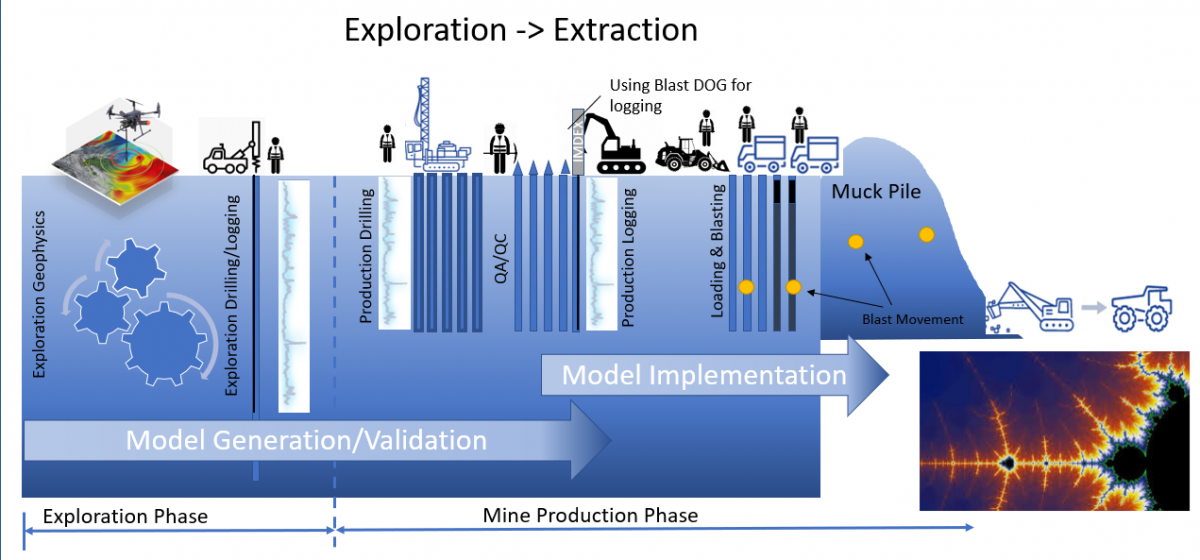ASEG WA - June Tech Night and Student Award event
Date & Venue:
Thursday 24th June 2021
5:30 pm start - 7.30pm end
The Shoe Bar
Shop GSO7 Yagan Square
376 - 420 Wellington St
Perth CBD
The WA Branch of the Australian Society of Exploration Geophysicists invites you to attend our upcoming ASEG WA Branch Tech night event at our new venue in CBD at Yagan Square, but still with the usual snacks and drinks provided. Note that there is plenty of public transportation, and, if need-be, paid parking is available at nearby Wilson Parking - 427 Murray St - Google Maps. The venue has wheelchair accessibility. The details of the speech title and the author's bio are provided below.
Speech title: The Value of Geophysical Information at the Time of Drilling
Speaker: Dave Lawie, Chief Geoscientist and Chief Technologist, IMDEX
Overview:

The transition to a decarbonized future starts and ends with metals — but there can be no start without the mining industry. Billions of dollars have been allocated globally to improve battery technology and production, electric vehicle production, and storage and charging infrastructure, but where are the key metals and minerals coming from? There are limited supplies to meet increasing demand.
Miners big and small will be required to find, define and mine the crucial metals of the future, including copper for renewable energy infrastructure such as solar panels, wind turbines, electric vehicles, and charging stations; lithium and cobalt for lithium-ion batteries; rare earth and critical minerals; and aluminum, silver, nickel, lead, and zinc. Mining companies in a decarbonized future will have to be adept at finding and supplying these metals from increasingly remote and challenging environments. The difference between success and failure, between an economic and uneconomic deposit will be greater orebody knowledge, which will deliver improved processing intensity, less waste, fewer tailings, less water use, and greater overall efficiencies.
Mining companies able to access reliable data as early as possible at each step of the mining value chain from exploration and drilling, to planning and production, will be in the best position to deliver the metals the world will demand.
Speaker Bio: Dave holds the dual roles of Chief Geoscientist and Chief Technologist – Mining for IMDEX. Prior to joining IMDEX, Dave held global positions in exploration geochemistry and R&D with Pasminco and Anglo American before co-founding ioGlobal in 2004 as Managing Director.
Dave grew ioGlobal into a global company specializing in geochemistry and geometallurgical consulting services, cloud-based data management, and the ioGAS desktop analytics software– the company was acquired by IMDEX in 2012.
Dave has a PhD in Geosciences and Analytics from the University of New England and a trade qualification as an Instrument Technician.
ASEG WA Branch will also felicitate ASEG WA 2020 student award to four students. REGISTRATION and RSVP are REQUIRED before 22nd June to give our hosts at Shoe Bar enough time to properly set up their venue. ASEG WA Branch would like to give thanks to sponsors for their continuous support.
Please email wasecretary@aseg.org.au with any queries or for additional information. Kindly rsvp at this link to get a spot as seats are limited. We are looking forward to seeing you there.
